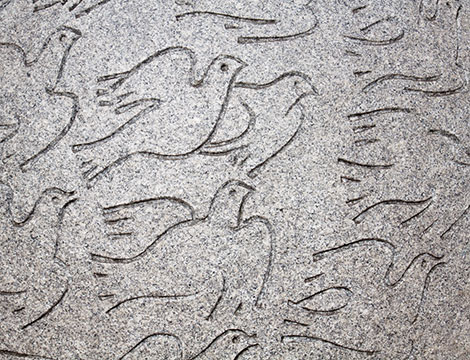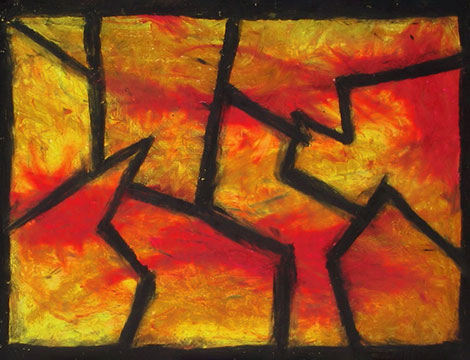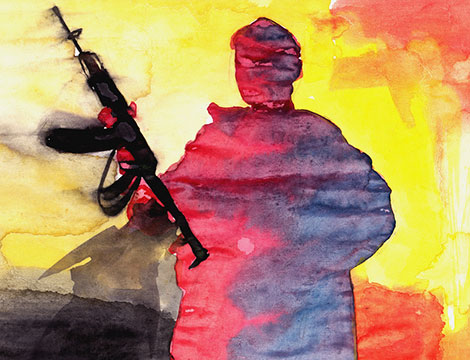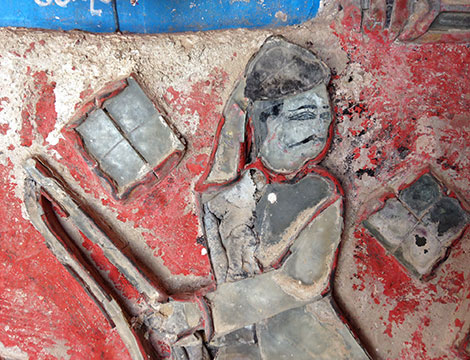
This article was originally published by the United States Institute of Peace (USIP) on 12 September 2017.
Summary
- Weak cohesion within nonstate armed groups can—and has often threatened to—undermine negotiated transitions away from conflict.
- Cohesion is measured along two axes: vertical (degree of command and control over cadres) and horizontal (degree of unity among leaders).
- Challenges are typically related to negotiating partners who have little credibility, negotiating positions that are either unclear or incoherent, factions within groups that oppose the peace process, and splintering within groups.
Introduction
Weak cohesion within nonstate armed groups (NSAGs) has often threatened to undermine negotiated transitions from conflict.[1] This can have an impact at any time—when parties are deciding on whether to join a process, during negotiation of peace agreements, and into implementation.
Cohesion can generally be measured along two axes: vertical (command and control over cadres) and horizontal (unity among leaders). Vertical cohesion is weak when leaders cannot control their fighters, and strong when they can. Horizontal cohesion is weak when leadership includes competing and disjointed factions, and strong when leaders have consensus over goals and are coordinated in action. Weak cohesion manifests in various combinations along these axes and is often a blend of the two.[2]




